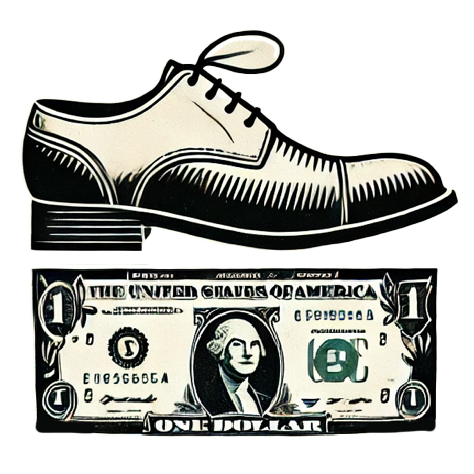Gold, often dubbed a ‘safe-haven asset,’ has seen its appeal surge amidst rising political tensions and shaky economic forecasts. With prices climbing past $3,000 this year—a staggering increase of over 20%—investors are flocking to gold like moths to a flame. The escalating trade war between the United States and China and an uncertain U.S. economic landscape have rekindled fears of recession, prompting a resurgence in gold investments. But is this reliance on gold as a fortress against economic woes misplaced?
When you peel back the layers of the current gold frenzy, it becomes evident that the glimmering allure of gold may sometimes overshadow rational analysis. As Sameer Samana from the Wells Fargo Investment Institute points out, we might be experiencing “maximum optimism” in gold markets. Such a peak could indicate we are positioned at the precipice of a downward correction, creating potential pitfalls for investors who delve headfirst into this glittery domain.
Understanding Market Dynamics
Despite being a stalwart in turbulent times, gold is not a universally reliable investment. Historical patterns show that gold reacts favorably during times of inflation or environmental disasters, but it has rarely shown a robust performance during economic recessions. As experts weigh in, it’s crucial to scrutinize market conditions through a pragmatic lens rather than succumb to crowd-driven enthusiasm.
For instance, while gold has proven effective at countering inflation fears, its historical performance during recessions has been lackluster compared to bonds or other financial instruments. Investors must tread carefully if they hope to dodge impending economic pitfalls by investing in gold. Chasing its current soaring prices without understanding the underlying market forces may ultimately lead to regret.
Weighing Different Investment Avenues
For those considering gold as part of their portfolio, experts suggest a more measured path. Exchange-traded funds (ETFs) tied to gold can provide exposure without the hassle of physical storage and insurance associated with gold bullion. Investments in large ETFs like SPDR Gold Shares (GLD) or iShares Gold Trust (IAU) can offer a well-diversified opportunity for both novice and seasoned investors. However, even among these avenues, financial advisors routinely recommend limiting gold exposure to less than 5% of one’s total portfolio.
Contrary to the current trend, this cautious stance reflects a sound investment strategy, particularly when economic uncertainty prevails. While consumer enthusiasm for physical gold has spiked—reminiscent of commodities during past crises—this should not overshadow a lucid investment framework considering potential market volatility and varying economic signals.
Trap or Treasure? The Case for Physical Gold
Recent consumer patterns indicate a newfound desire for tangible assets, particularly with retailers like Costco experiencing a boom in sales of gold bars. For many, the psychological comfort from owning actual gold lies in its perceived security amid more abstract financial instruments. However, this inclination toward physical gold can be a double-edged sword. As Sameer Samana highlights, unless investors are truly apprehensive about systemic failures in financial markets, the practicality of purchasing physical gold diminishes greatly.
Moreover, maintaining physical gold comes with its own set of challenges, including expenses related to storage and insurance—never mind the volatility of physical assets amidst broader market trends. In this juncture, fine jewelry emerges as a more viable investment avenue. High-quality pieces, particularly from renowned brands like Tiffany & Co. or Cartier, can offer both aesthetic pleasure and an intrinsic value tied to the gold content within.
A Broader Perspective on Gold Investments
Investors must adopt a broader perspective when dabbling in gold. While recent spikes in gold prices have attracted attention, it’s essential to contextualize this within the greater economic narrative. Factors such as federal tariffs, international relations, and inflation are not fixed; they shift and dance intricately. The uncertainty they inherently create can propel gold prices artificially, leading investors into a speculative chase that counts on prices to keep rising.
Rather than succumbing to the fear-driven allure of gold right now, I urge investors to reflect on their long-term goals and risk tolerance. Understanding your financial landscape is crucial—are you looking for insurance against immediate risks, or are you seeking a prudent long-term strategy for wealth accumulation? The clarity in your financial objectives will discern whether now is the right time to join the gold rush or to sit this out as observer.
In a volatile market landscape profoundly impacted by political whims and trade strategies, consider whether the gilded spark of gold is genuinely worth chasing or if it’s merely mirroring the chaos of the times. Balancing the allure of gold with pragmatic analysis may just be the key to successful investment during uncertain times.

